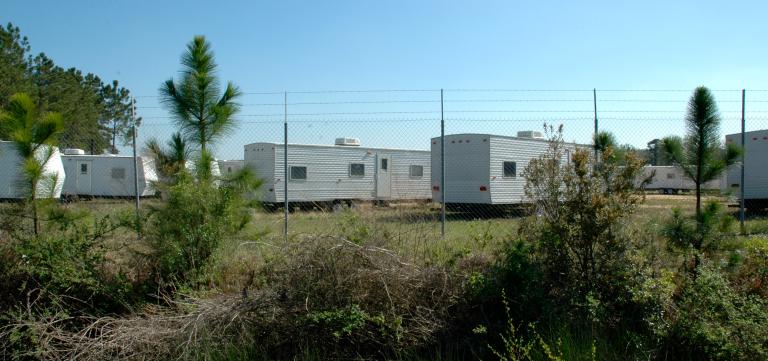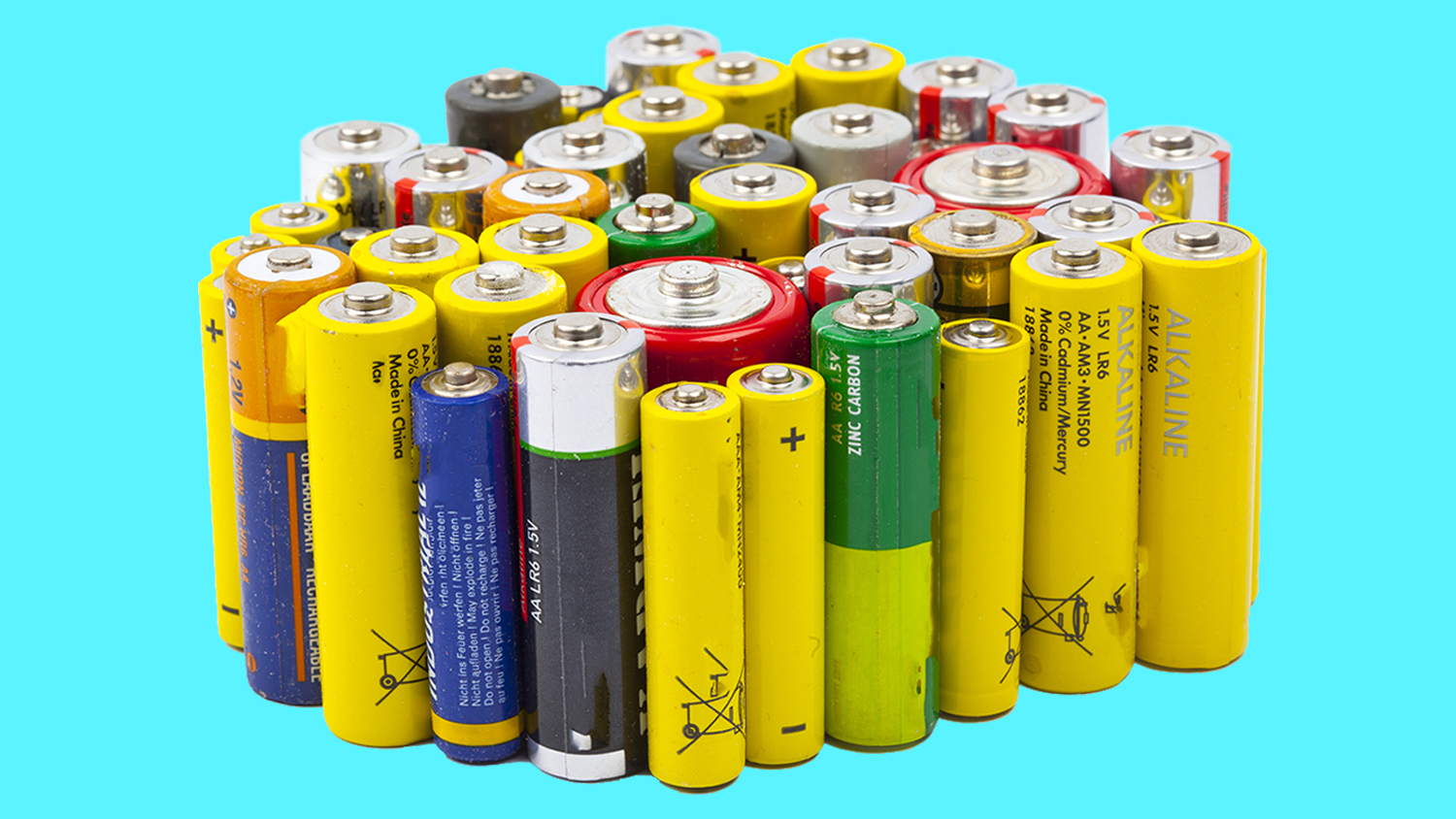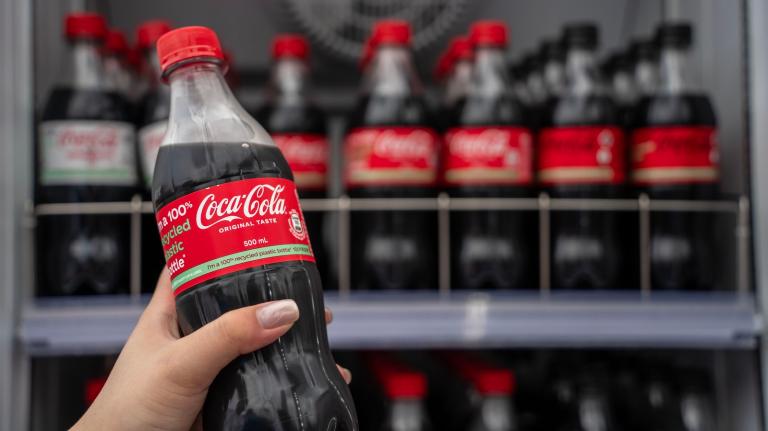Q. I recently moved to a remote area where electricity delivery is sometimes unreliable, so I have battery-powered backup devices. I want to get in a big supply of rechargeable batteries. There are many kinds. Are some brands better (greener and more efficient) than others? And do the solar-powered chargers really work?
Geraldine C.
A. Dearest Geraldine,
Let’s call this Disaster Preparedness week at Ask Umbra. Earlier, we tackled green survival in a zombie apocalypse-level emergency; today, we’ll look at your less dire (but certainly more likely) scenario of a power outage. Getting ready for a blackout with a supply of batteries is a smart move, and making them rechargeables is even smarter. I’m confident you’ll still be enjoying soft mood lighting and Netflix the next time the juice runs dry at your place.
You’re already hip to the power of rechargeable batteries: They last much, much longer than their throwaway cousins (up to 1,000 recharges!), which saves resources and helps reduce the number of batteries that end up leaking toxic metals in landfills. They’re also recyclable at the end of their considerable lifespans. And one more bonus for those who can’t necessarily rely on the grid – you can re-up them in the sun with a solar charger (more on those later). But which batteries should you be stockpiling?
Before we talk brands, a word about what I’ll call rechargeable battery genres: There are a few different technologies at work, the biggies being nickel metal hydride (NiMH), nickel cadmium (NiCd), and lithium ion (Li-ion). (There are a few others out there, too.) Right off the bat, let’s throw out NiCds; they use highly toxic cadmium, hold less power, and are on their way to being obsolete. Li-ion batteries, on the other hand have a lot going for them: They pack more power-per-weight than other batteries, hold on to their charge the longest (losing less than 10 percent charge per month when you’re not using them), and don’t fall victim to the “memory effect” in which a battery’s full capacity gradually shrinks. But you typically see Li-ions in gadgets like computers, cell phones, and digital cameras. They don’t come in standard cell sizes, like AAA or C, so they won’t fly in many of your household devices.
That leaves rechargeable NiMH batteries for running your flashlight, lantern, radio, tools, and maybe your backup hair dryer or blender — blackout margaritas, anyone? (I’m assuming, Geraldine, that we’re not talking about battery-powered generators or other big, expensive setups for your home.) And there’s another clear winner among these babies: low self-discharge NiMHs. This style comes precharged, but even better, it retains its charge over much longer periods of disuse — we’re talking a loss of only 10 to 25 percent power over six months versus a 40 percent monthly loss in regular NiMHs. That means you won’t have to worry about pouring more electricity into your backup batteries every couple of months, which should save you energy.
Finally, a bright idea about the charger itself: I recommend plugging into a smart charger, or one that automatically shuts off the power when your batteries are fully charged. The government doesn’t currently regulate charger efficiency, unfortunately, but here’s hoping these recently proposed new standards net us even better gizmos soon. Solar chargers are another totally viable option, Geraldine, whether you’re looking to load up the Li-ion battery on your phone or loose AAs. Some models store their energy in a battery pack that you plug your devices into via USB, while others can power standard-size batteries, so choose accordingly.
See how I’ve made it this far without any discussion of this brand versus that one? I do try to maintain my brand agnosticism, especially when I haven’t conducted any meaningful tests of my own. But I can tell you this: In a survey of more thorough battery tests, one brand did keep popping up as everybody’s favorite: the Sanyo eneloop, a precharged NiMH battery that packs more power and lasts longer than the competition. So that might be a good place to start. Here’s to riding out those upcoming power outages with grace, good humor — and, always, fully charged batteries.
HAAAppily,
Umbra



